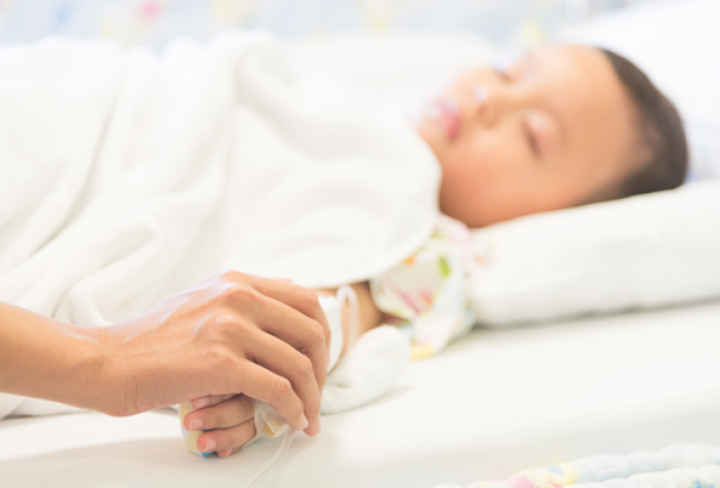Introduction
Sudden infant death syndrome (SIDS) is a tragic and unexplained phenomenon that can occur during an infant’s sleep. Also known as a cot or crib death, it is the leading cause of death in babies between one and twelve months old. Understanding the risk factors and taking preventive measures can significantly reduce the chances of SIDS. This blog will discuss important steps and safety guidelines to help prevent SIDS and keep your baby safe.
Understanding SIDS and SUID
SIDS refers to an infant’s sudden and unexplained death without any apparent health issues. While the exact cause of SIDS is unknown, it is important to rule out other possible causes such as accidental strangulation, trauma, entrapment, infection, choking, metabolic disorders, accidental suffocation, neurological conditions, and cardiac conditions associated with arrhythmias. Deaths that cannot be attributed to these causes are classified as SIDS. It’s also important to familiarize yourself with Sudden Unexpected Infant Death (SUID), which is a general term for the untimely and unexplained death of a baby under one year old.
Risk Factors for SIDS
Several factors can increase the risk of SIDS in infants. Understanding these risk factors can help parents take the necessary precautions. Some of the key risk factors include:
- Gender: Males have a higher risk of SIDS than females.
- Family history: Babies born into families with a history of SIDS are more vulnerable.
- Age: Infants between two and four months old are at higher risk.
- Illness: Recent respiratory tract infections can affect a baby’s breathing and increase the risk of SIDS.
- Congenital disabilities: Babies with certain disabilities may have underdeveloped brains, making them more susceptible to SIDS.
- Prematurity and multiples: Premature birth or having multiples increases the risk due to underdeveloped brain function.
- Parental smoking: Babies exposed to parental smoke have a higher risk of SIDS.
- Maternal risk factors: Maternal smoking, drug use, and insufficient prenatal care can contribute to SIDS risk.
- Sleep environment: Factors such as bedding, crib safety, overheating, and exposure to smoke can impact SIDS risk.
Preventing SIDS: Essential Steps for Baby Safety
Taking specific measures to create a safe sleep environment for your baby can greatly reduce the risk of SIDS. Follow these guidelines to protect your infant:
- Back to sleep: Always place your baby on their back for sleep. This position lowers the risk of suffocation and helps prevent SIDS.
- Safe sleep environment: Use a firm and supportive mattress to ensure a safe sleeping area for your baby. Remove any loose bedding, blankets, pillows, or stuffed toys from the crib. The crib’s sides should not extend more than 2.5 inches from the wall, and no openings or gaps could trap the baby.
- Temperature control: Keep the nursery at an ideal temperature range of 68° to 72°F (20° to 22.2°C). Avoid overheating your baby, as it increases the risk of SIDS. Dress your baby in light layers and adjust the bedding accordingly.
- Smoke-free environment: Protect your baby from second-hand smoke exposure by keeping your home and surroundings smoke-free. Avoid smoking or exposing your baby to smokers.
- Separate sleep surface: Babies should sleep on a separate surface, such as a bassinet, cot, or crib. Sharing a room with your baby is recommended for monitoring but avoid co-sleeping in the same bed.
- Pacifier use: Consider offering a pacifier to your baby during sleep. Research suggests that pacifiers can help reduce the risk of SIDS. If you are breastfeeding, introduce the pacifier after the baby is three to four weeks old.
- Breastfeeding: Breastfeeding is known to provide several health benefits, including a reduced risk of SIDS. If possible, try to breastfeed your baby.
- Regular well-child visits: Schedule regular visits with your pediatrician to monitor your baby’s overall health and development.
Conclusion
While the exact cause of SIDS remains unknown, taking preventive measures is crucial to reduce the risk and ensure your baby’s safety. Following these essential steps and creating a safe sleep environment can significantly decrease the chances of SIDS. Remember to prioritize regular well-child visits to monitor your baby’s health and development. Stay informed, take precautions, and enjoy the precious moments with your little one.

